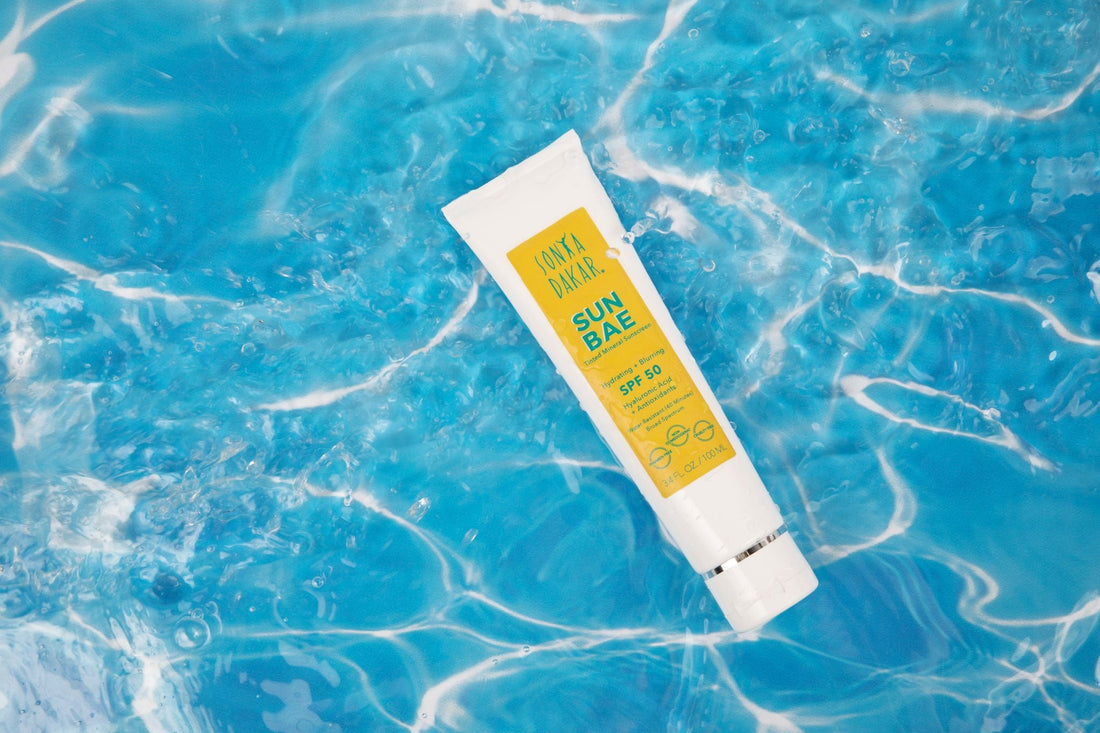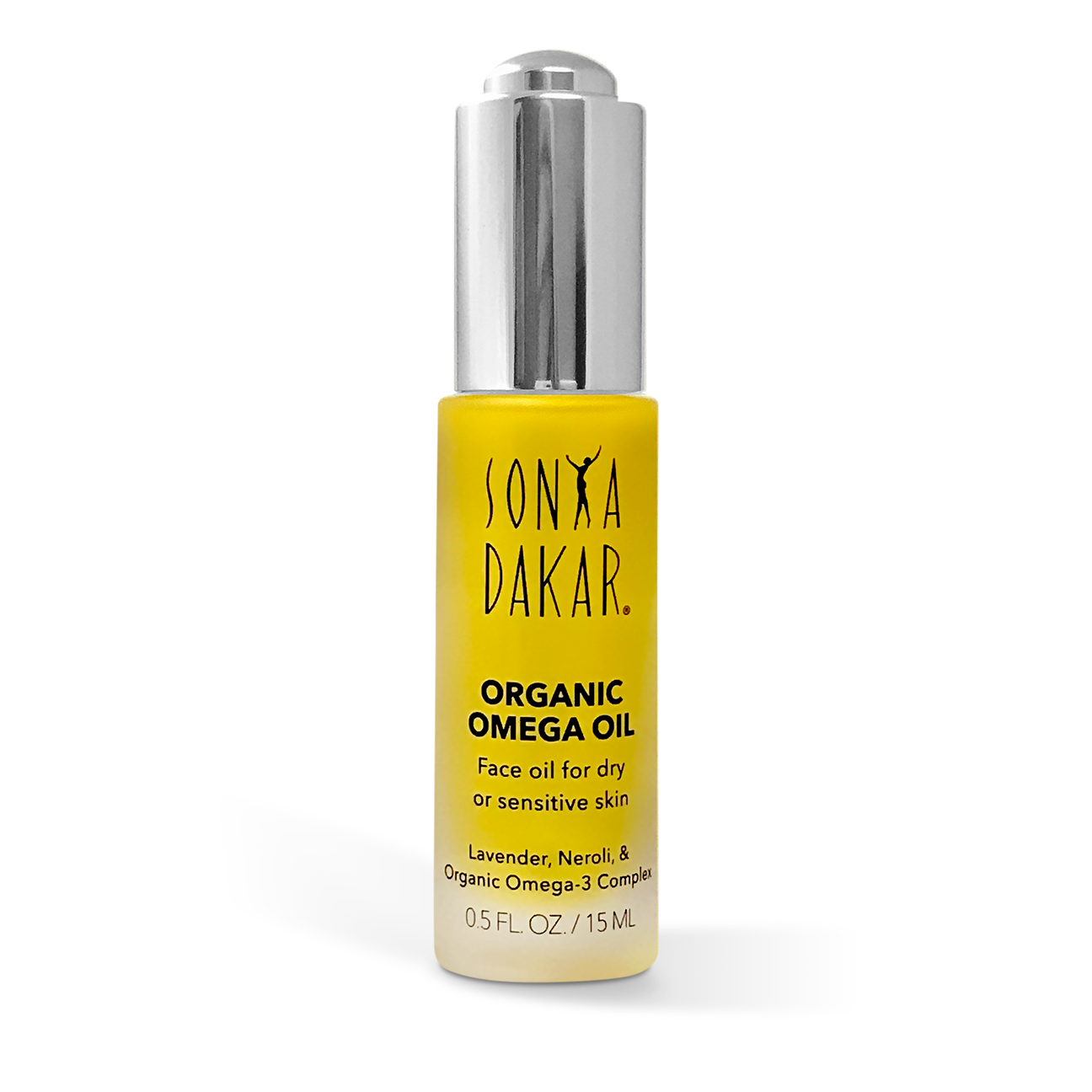
Mineral vs. Chemical Sunscreens: Which Shields Better?
Sun protection is an essential part of daily skincare. With so many options available, it can be overwhelming to choose the right sunscreen for your skin type and lifestyle. Today, we will explore the two primary categories of sunscreens: Mineral (also known as Physical) and Chemical. This comparison will help you make an informed decision and ensure you choose the best sunscreen for your needs.
What Are Mineral Sunscreens?
Mineral sunscreens, often referred to as physical sunscreens, use active mineral ingredients such as Zinc Oxide and Titanium Dioxide. These minerals sit on top of the skin and work by reflecting and scattering harmful ultraviolet (UV) rays away from the skin. Because they are naturally broad-spectrum, they protect against both UVA and UVB rays.
Benefits of Mineral Sunscreens
Mineral sunscreens are typically gentler on sensitive skin and are less likely to cause irritation. They start working as soon as they're applied, offering instant protection. Plus, they're reef-safe, meaning they won't harm marine life, an important consideration for eco-conscious consumers.
Check out: SUN BAE Tinted mineral SPF 50 sunscreen. Protects, hydrates and blurs imperfections.
What Are Chemical Sunscreens?
Chemical sunscreens, on the other hand, absorb UV rays. They contain organic (carbon-based) compounds, such as oxybenzone, avobenzone, and octinoxate, which create a chemical reaction converting these rays into heat, which is then released from the skin.
Benefits of Chemical Sunscreens
Chemical sunscreens tend to be more lightweight and blend seamlessly into the skin without leaving a white residue. This makes them an attractive option for daily use and for people with darker skin tones. Moreover, they're often more water-resistant, making them a preferred choice for swimming or high-intensity activities.
Check Out: FACE SHIELD Ultra-sheer, anti-aging SPF 30 sunscreen with vitamin A, E, and aloe
The Differences: Mineral vs. Chemical Sunscreens
The primary difference between mineral and chemical sunscreens lies in how they protect your skin from UV rays. Mineral sunscreens offer a physical barrier, while chemical sunscreens provide a chemical one.
The immediate protection offered by mineral sunscreens makes them a practical choice for those who forget to apply sunscreen 15-30 minutes before sun exposure, a necessary step with chemical sunscreens.
Mineral sunscreens are also often recommended for those with sensitive skin or skin conditions like rosacea, as they are less likely to cause skin irritation. However, the often thicker consistency and the potential for a white cast can be drawbacks for some users.
Chemical sunscreens are generally easier to apply, especially when it comes to covering large areas or applying to children. They are less likely to leave a white residue and often offer higher SPF protection. However, some chemical filters have raised health concerns and can cause allergic reactions in some people.
Making Your Sunscreen Decision
Choosing between mineral and chemical sunscreens ultimately comes down to personal preference and needs. If you have sensitive skin, or are seeking a more natural, eco-friendly option, a mineral sunscreen might be your best choice. For everyday use or water activities, you might find a chemical sunscreen more convenient and effective.
Whichever type you choose, the most important thing is that you use it consistently. Apply a generous amount of sunscreen 15-30 minutes before sun exposure and reapply every two hours, or immediately after swimming or sweating, to ensure maximum protection.
By understanding the difference between mineral and chemical sunscreens, you can make an informed decision and protect your skin from harmful UV rays. After all, the best sunscreen is the one you'll use regularly!






